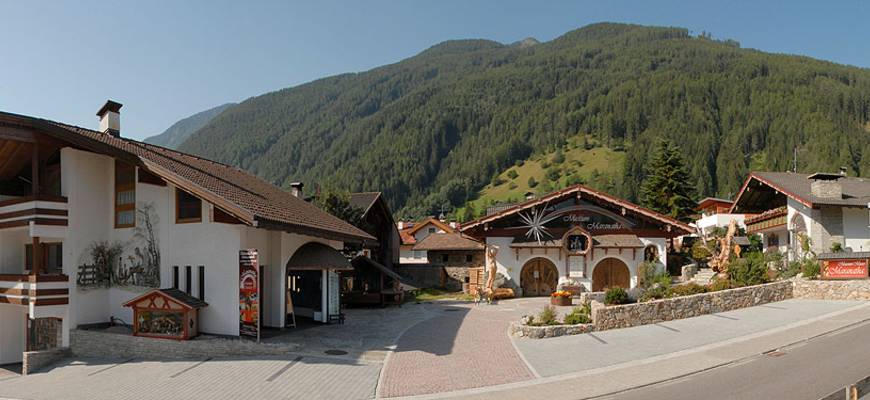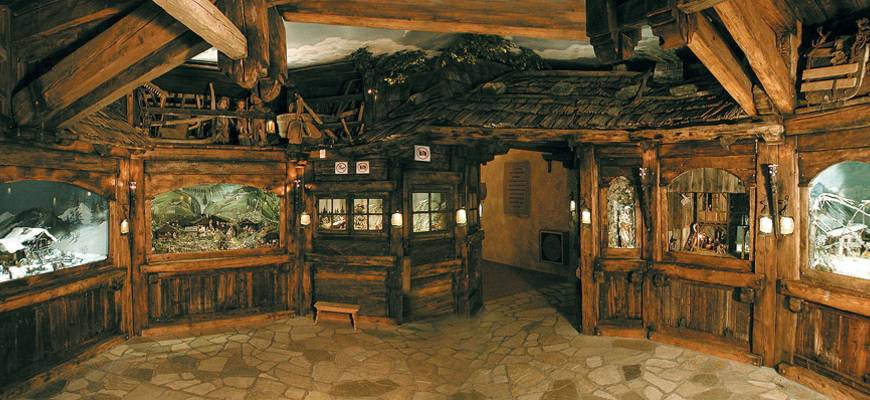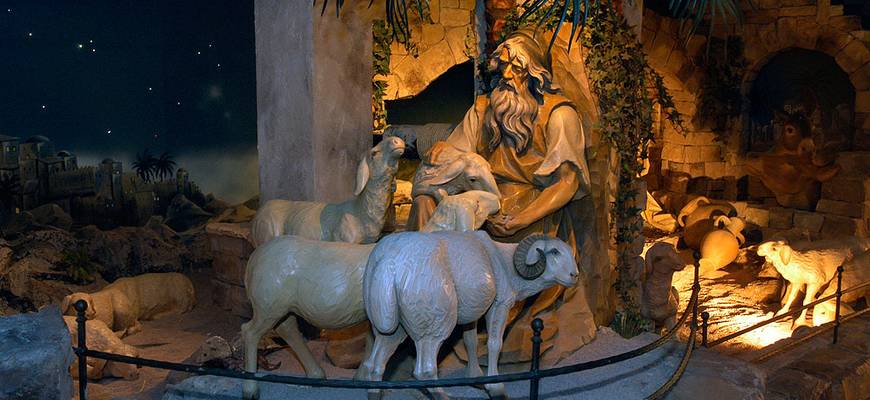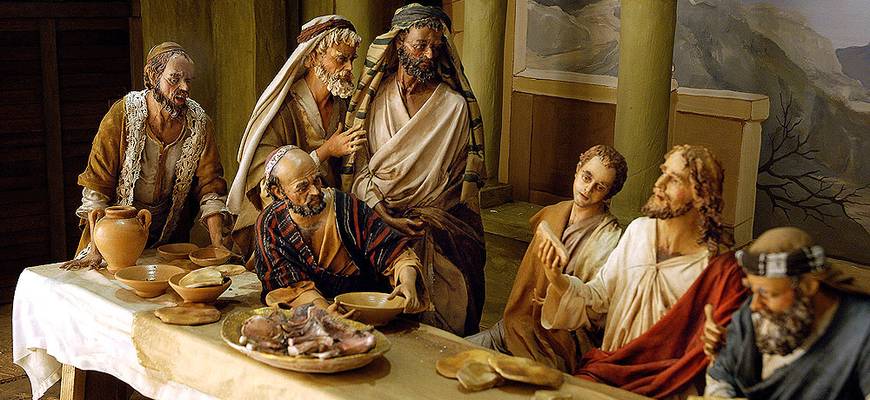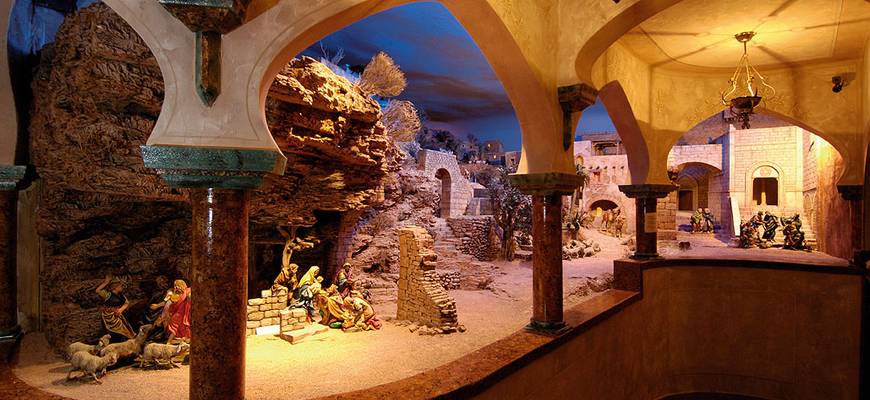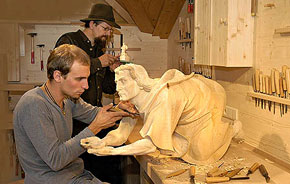Weißenbachstr. 17,
39030 Luttach-Ahrntal, Italy
Tel:+ 39 0474/671 682
Mobile phone: +39 340-4592300
E-Mail: info@krippenmuseum.com
Business hours:
Mon to Sat: 9 am to 12 am
and 2 pm to 6 pm
Sunday: 2 pm to 5 pm
Open all year
Prices:
€ 7,00 per person
Family card € 15,00
The story of the manger
Everywhere on this world where people celebrate the coming to life of Jesus Christ, we find the tradition to put up the manger in churches and at home. Mangers are figured - the artificial representation of the birth of Jesus in a manger in a stable in Bethlehem. Gathered around the manger are the holy family and the shepherds, in the background is the ox and the donkey. The arrival of the wise men (the Magi) is embedded in the scenery on 6th January.
The first known written testimonies who wrote about the coming to life of Jesus Christ are the evangelists Luke and Mathew. Very famous is St Luke's Christmas Gospel which dates back to the 2nd century AD and was then slowly spread in the first settlements of Christians.
Sometimes St Francis of Assisi is called the "Father of the manger" because in the year 1223, he built the first manger similar to the one we know today. He left the monastery of Greccio with Pope Honorius' permission and went into the wood where he built the manger with an ox and a donkey. The Holy Family, however, wasn't there then. Afterwards he held his famous Christmas speech in front of a crowd and thus made the Christmas story accessible to those who couldn't read.
The manger's heyday was during the baroque period. The first news of mangers in churches came from the south of Germany, where after the reformation the Jesuits acknowledged the great value of the manger as object of devout and as a means of religious instruction. The Jesuits built amazing, precious mangers which quickly spread throughout the churches in Catholic Europe. Finally, also the cities were interested in mangers and wanted to have their own manger.
The stronghold of manger building was Italy followed by Spain, Portugal, Austria, places in the south of France and in the south of Germany; in Eastern Europe: Poland, Czech Republic and Slovakia.
Another heyday followed in the 18th century. In churches, in castles, as well as in their houses people began to expand the Christmas story and added several stations and episodes. The most famous of these representations of the "mangers throughout the year" (also called Passion or Lent manger) with about 4000 statues can be seen in the museum in Brixen. It was created by Augustin Propst and his half-brother Joseph from Sterzing.
At the end of the 18th century was the period of enlightenment and of secularisation. During this time, people were forced to remove the mangers from the churches, especially in Bavaria. As a result, people put up mangers in their own houses, especially farmers were increasingly interested in the art of manger and started carving their own sculptures, also in Tyrol. Until the mid 19th century people preferred to make the local alpine scenery of their manger. In the second half of the 19th century the oriental manger gained more and more recognition.
At the turn of the century the interest in mangers faded away. Still there were collectors who prevented the disappearance of many representations. For instance, the business financier of Munich Max Schmederer collected mangers from all over the world. His collection counts to the world's biggest collections and can be seen in the National Museum of Munich.
Nowadays the interest in mangers has increased as the recently founded manger associations prove.

